Share This Article
Learn more
If the camera on your smartphone isn’t cutting it any more, think about switching to an interchangeable lens camera (ILC), such as a contemporary mirrorless body or an old SLR. Compared to your phone or point-and-shoot, these more advanced best mirrorless cameras provide you more alternatives with faster performance, better optics, more manual settings, larger picture sensors, and interchangeable lenses.
All of this functionality, though, is not without a cost, especially when lenses are considered. Remember that you are also spending money on a camera system. If you go with Canon for your first camera, you’ll probably stick with them for your next one too, just so you can maintain your lenses and accessories.
In light of this, we’ve listed the key factors to take into account while looking for a swappable lens camera. To start, though, take a look at our top choices; any of the cameras on this list are excellent choices.
Quick List of Best Mirrorless Cameras
Purchasing your first camera with interchangeable lenses might be intimidating. We list some of the top ILC models we’ve tested and discuss the advantages of mirrorless technology.
Last update on 2025-05-16 / Affiliate links / Images from Amazon.
Fujifilm GFX100S BEST OVERALL
- ULTIMATE RESOLUTION, DEPENDABLE PROCESSING: Powered by Fujifilm’s high-performance...
- SMALL, BUT STEADY: Sitting at the heart of GFX100S is a newly developed shutter and In-Body...
- THE SHARP END OF AF TECHNOLOGY: With an advanced phase detection autofocus (AF) system, GFX100S...
Last update on 2025-05-16 / Affiliate links / Images from Amazon.
Pros
- Stable 100MP sensor
- Variety of films looks are offered
- Dust, splash, and freeze resistance
- Dual-hinge back display
- 400-megapixel multi-shot mode
- Raw processing performed in-camera
- 10-bit 4K recording using F-Log profile
Cons
- Burst capture rapidly fills the buffer
- Hand grip is too small
- Lenses tend to be larger than full-frame
- Huge file sizes
Specifications
| Dimensions: | 4.1 by 5.9 by 3.4 inches |
| Weight: | 2 lb |
| Type: | Mirrorless |
| Sensor Resolution: | 102 MP |
| Sensor Type: | BSI CMOS |
| Sensor Size: | Medium Format (33 x 44mm) |
| Lens Mount? | Fujifilm G |
| Memory Card Slots: | 2 |
| Memory Card Format: | SDXC (UHS-II) |
| Battery Type: | Fujifilm NP-W235 |
| Minimum ISO: | 50 |
| Maximum ISO: | 102400 |
| Stabilization: | 5-Axis IBIS |
| Display Size: | 3.2 inches |
| Display Resolution: | 2.36 million dots |
| Touch Screen: | ✔️ |
| Viewfinder Type: | EVF |
| Viewfinder Magnification: | 0.77x |
| EVF Resolution: | 3.7 million dots |
| Connectivity: | Bluetooth, Wi-Fi, Headphone (3.5mm), Microphone (3.5mm), PC Sync, USB-C, micro HDMI |
| Maximum Waterproof Depth: | 0 feet |
| Video Resolution: | 4K |
| HDMI Output: | 4:2:2 10-bit |
| Flat Profile: | ✔️ |
FUJIFILM GFX100S – Overview
The Fujifilm GFX system provides something distinct from the many APS-C and full-frame cameras available on the market: an enlarged medium format picture sensor housed in a body that isn’t excessively big (or pricey). In addition to having a stabilized sensor for crisper photos and a 400MP multi-shot mode with a tripod, the GFX100S can capture up to 10-bit 4K video. At a marginally higher price than the 50MP GFX50S II, it is unquestionably the most competent camera of its kind.
Although there are many APS-C and full-frame cameras available, the Fujifilm GFX100S system offers something unique: a large format medium image sensor housed in a not-too-big-nor-expensive body. The GFX100S has a resolution of 100MP, a stabilized sensor for better images, a 400MP multi-shot mode that works with a tripod, and the ability to record 4K video in up to 10 bits. For a little more than the 50MP GFX50S II, it’s unquestionably the most competent camera of its kind.
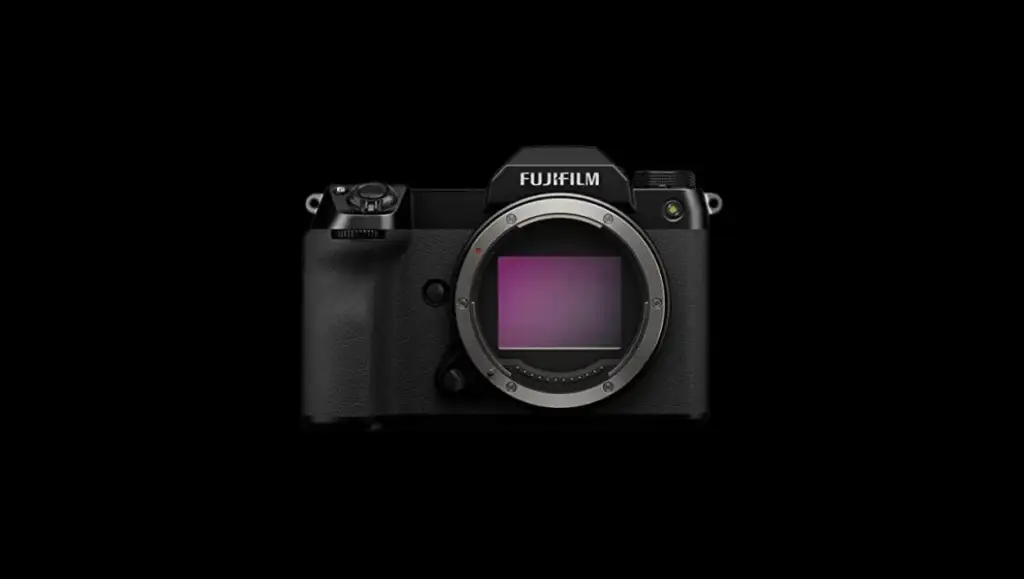
Canon EOS R6 Mark II BEST FULL FRAME
- FULL-FRAME CMOS SENSOR: 24.2 effective megapixels (approx.) lets you capture sharp, detailed...
- DIGIC X IMAGE PROCESSOR: Enhances digital camera performance and processes, including image...
- HIGH-SPEED CONTINUOUS SHOOTING: Electronic shutter speeds of up to 40 fps at 20MP let you...
Last update on 2025-05-16 / Affiliate links / Images from Amazon.
Pros
- Full-frame sensor is stabilized
- Best-in-class autofocus
- Excellent image quality
- Magnesium body provides dust and splash protection
- Sharp EVF with swing-out touch LCD
- 40fps tracking with an electronic shutter
- Full-width 4K60 resolution with 10-bit color
- 6K support via HDMI
Cons
- Limited support for third-party lenses
- Fragile micro HDMI port
Specifications
| Dimensions: | 3.9 by 5.4 by 3.5 inches |
| Weight: | 1.3 lb |
| Type: | Mirrorless |
| Sensor Resolution: | 24 MP |
| Sensor Type: | CMOS |
| Sensor Size: | Full-Frame |
| Lens Mount? | Canon RF |
| Memory Card Slots: | 2 |
| Memory Card Format: | SDXC (UHS-II) |
| Battery Type: | Canon LP-E6NH |
| Minimum ISO: | 100 |
| Maximum ISO: | 204800 |
| Stabilization: | 5-Axis IBIS |
| Display Size: | 3 inches |
| Display Resolution: | 1.62 million dots |
| Touch Screen: | ✔️ |
| Viewfinder Type: | EVF |
| Viewfinder Magnification: | 0.76x |
| EVF Resolution: | 3.7 million dots |
| Connectivity: | Bluetooth, micro HDMI, Wi-Fi, Microphone (3.5mm), Headphone (3.5mm), USB-C, Remote (2.5mm) |
| Maximum Waterproof Depth: | 0 feet |
| Video Resolution: | 4K |
| HDMI Output: | 4:2:2 12-bit |
| Flat Profile: | ✔️ |
CANON EOS R6 MARK II – Overview
One of the greatest full-frame cameras in this price range is the Canon EOS R6 Mark II, which is an excellent all-around performer. The main feature is an autofocus system that outperforms models from Sony and Nikon that are priced similarly; it can track at an amazing 12 frames per second when using a mechanical shutter and an incredible 40 frames per second when using an electronic shutter. Furthermore, 10-bit color, full-width 4K60 recordings are offered for video. Aside from that, it boasts a waterproof magnesium chassis with five-axis sensor stability.
The greatest full-frame camera we tested is the Canon EOS R6 Mark II. We appreciate the wide selection of compatible RF lenses and accessories, and its focusing and video capabilities surpass those of its immediate competitors. In addition, the image quality is excellent in all lighting conditions. This one should work well for both experts and enthusiasts. But, there are substitutes; if you’d prefer a higher pixel count and more access to third-party lenses, we like the Sony a7 IV almost as much and suggest it in its place.
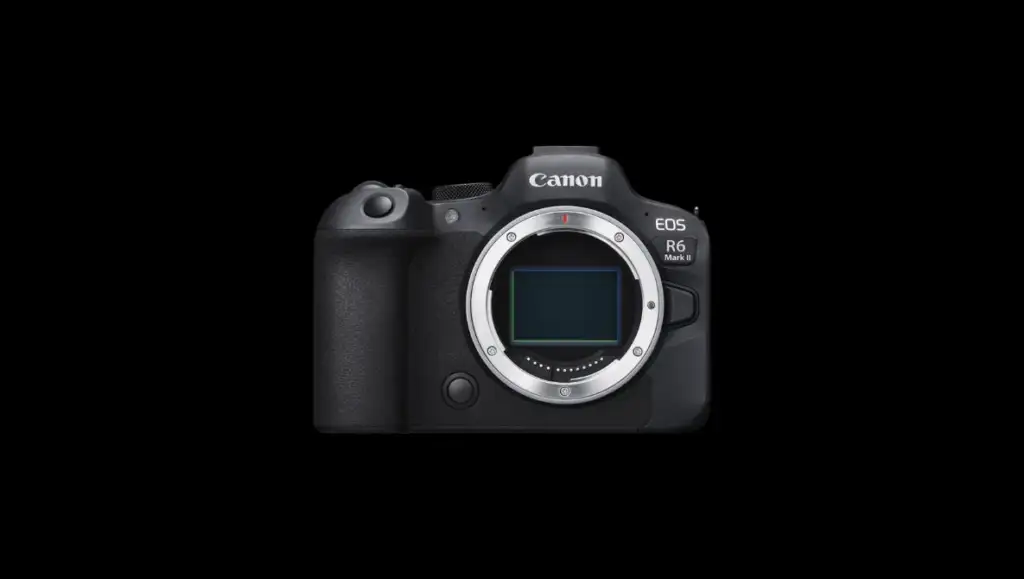
Sony ZV-E1 BEST VLOGGING
- Full-frame 12.1MP Exmor R sensor, optimized for 4K, sensitivity and speed
- 10-bit 4:2:2 recording with direct pixel readout, Long GOP or All Intra formats
- Create memorable imagery with ease with Cinematic Vlog Setting
Last update on 2025-05-16 / Affiliate links / Images from Amazon.
Pros
- Small-full-frame camera with stabilized sensor
- Widescreen cinematic vlogging mode
- S-Cinetone and S-Log3 image profiles
- Excellent-looking 10-bit 4K60 video
- Slow motion in 4K120 and 1080p240
- Effective stabilization system
- Excellent in-camera audio
Cons
- Fragile micro HDMI port
- Overheating is possible at 4K60
- There’s no mechanical shutter
Specifications
| Dimensions: | 2.8 by 4.8 by 2.1 inches |
| Weight: | 1.1 lb |
| Type: | Mirrorless |
| Sensor Resolution: | 12 MP |
| Sensor Type: | BSI CMOS |
| Sensor Size: | Full-Frame |
| Lens Mount? | Sony E |
| Memory Card Slots: | 1 |
| Memory Card Format: | SDXC (UHS-II) |
| Battery Type: | Sony NP-FZ100 |
| Minimum ISO: | 80 |
| Maximum ISO: | 409600 |
| Stabilization: | 5-Axis IBIS |
| Display Size: | 3 inches |
| Display Resolution: | 1.04 million dots |
| Touch Screen: | ✔️ |
| Viewfinder Type: | None |
| Viewfinder Magnification: | –– |
| EVF Resolution: | –– |
| Connectivity: | Bluetooth, Wi-Fi, micro HDMI, USB-C, Headphone (3.5mm), Microphone (3.5mm) |
| Maximum Waterproof Depth: | 0 feet |
| Video Resolution: | 4K |
| HDMI Output: | 4:2:2 12-bit |
| Flat Profile: | ✔️ |
Editor’s Choice
SONY ZV-E1 – Overview
The ZV-E1 is the best interchangeable-lens camera for vloggers, YouTubers, and other similar content makers. Sony made the controls as easy to use as possible so that, in the event of mixed lightning, your face would remain appropriately bright; you don’t even need to know what an f-stop is in order to have a blurry background or manually adjust the exposure. While the stabilized full-frame sensor is useful for handheld photography, one-person teams may be able to produce more dynamic video thanks to AI-powered pan and zoom functions.
The Sony ZV-E1 is intended for creators that thrive on views on YouTube. In addition to 4K recording and crystal-clear audio pickup, it has a Product Showcase focus mode that makes it simpler for vloggers to demonstrate objects they are holding. The ZV-1M2’s pocket-friendly design and smartphone alone cannot match the creative possibilities made possible by its support for interchangeable lenses.
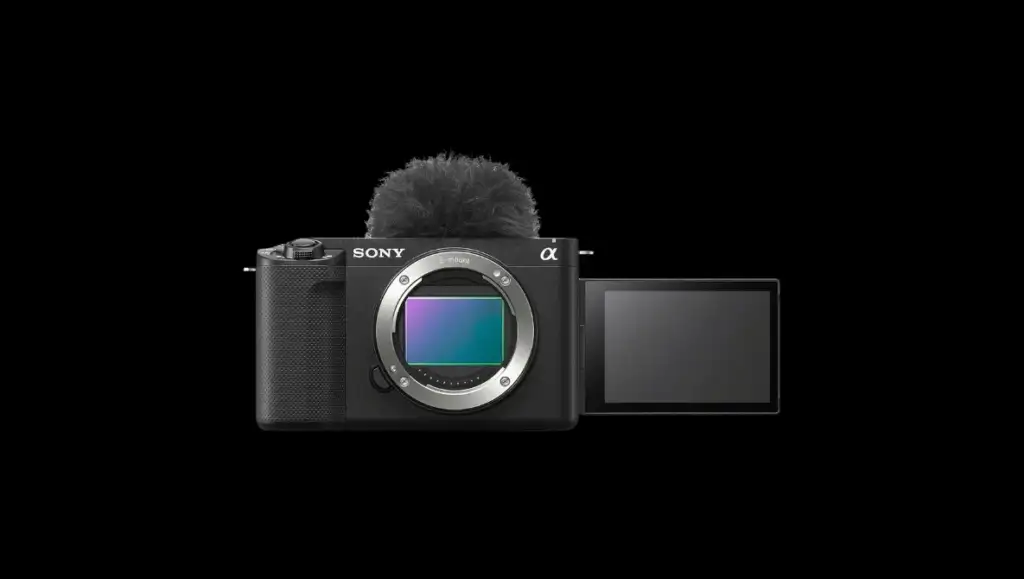
Panasonic Lumix DC-G9 II BEST MICRO FOUR THIRDS
- High-Performance Sensor: The Panasonic Lumix G9 II features a 25.2MP Live MOS Micro Four Thirds...
- Versatile Video Capabilities: This mirrorless camera supports C4K/4K 60p 4:2:2 10-Bit video...
- Advanced Autofocus: With a Phase Hybrid AF system and 779 phase-detection points, the G9 II...
Last update on 2025-05-16 / Affiliate links / Images from Amazon.
Pros
- Crisp 25MP images with 100MP multi-sampling
- Fast phase detection and focus system
- Effective subject identification and tracking
- Large electronic viewfinder with 120fps
- Editing works effectively on 16-bit raw photos
- Excellent control scheme
- 10-bit video with stabilization
- Works with the Micro Four Thirds lens library
Cons
- Larger body for Micro Four Thirds
- Lacks UVC/UAS webcam support
- Average battery life
Specifications
| Dimensions: | 4.0 by 5.3 by 3.5 inches |
| Weight: | 1.4 lb |
| Type: | Mirrorless |
| Sensor Resolution: | 25 MP |
| Sensor Type: | CMOS |
| Sensor Size: | Micro Four Thirds |
| Lens Mount? | Micro Four Thirds |
| Memory Card Slots: | 2 |
| Memory Card Format: | SDXC (UHS-II) |
| Battery Type: | Panasonic DMW-BLK22 |
| Minimum ISO: | 50 |
| Maximum ISO: | 25600 |
| Stabilization: | 5-Axis IBIS |
| Display Size: | 3.0 inches |
| Display Resolution: | 1.8 million dots |
| Touch Screen: | ✔️ |
| Viewfinder Type: | EVF |
| Viewfinder Magnification: | 0.8x |
| EVF Resolution: | 3.7 million dots |
| Connectivity: | Bluetooth, Wi-Fi, HDMI, USB-C, Microphone (3.5mm), Headphone (3.5mm), Remote (2.5mm) |
| Maximum Waterproof Depth: | –– |
| Video Resolution: | 5.7K |
| HDMI Output: | 4:2:2 12-bit |
| Flat Profile: | ✔️ |
PANASONIC LUMIX DC-G9 II – Overview
Right now, the best Micro Four Thirds camera available is the Panasonic Lumix DC-G9 II. Impressive technical specifications include a 100MP handheld multi-shot option, ProRes video encoding, and the best-in-class 25MP single-shot resolution. Other benefits include weather protection, an image sensor that is stabilized, and ergonomics that are comfortable. Additionally, you can mix and match lenses from Panasonic, OM System, and other third parties because a few manufacturers support the Micro Four Thirds system.
If the full-frame bokeh look appeals to you but you would rather use smaller gear, the Micro Four Thirds system can be of interest. The Panasonic Lumix G9 II shares the same sophisticated lens system as its closest rival, the OM System OM-1 Mark II, but it is marginally larger. The camera’s equal capacity is crucial for producers who work with both photos and videos.
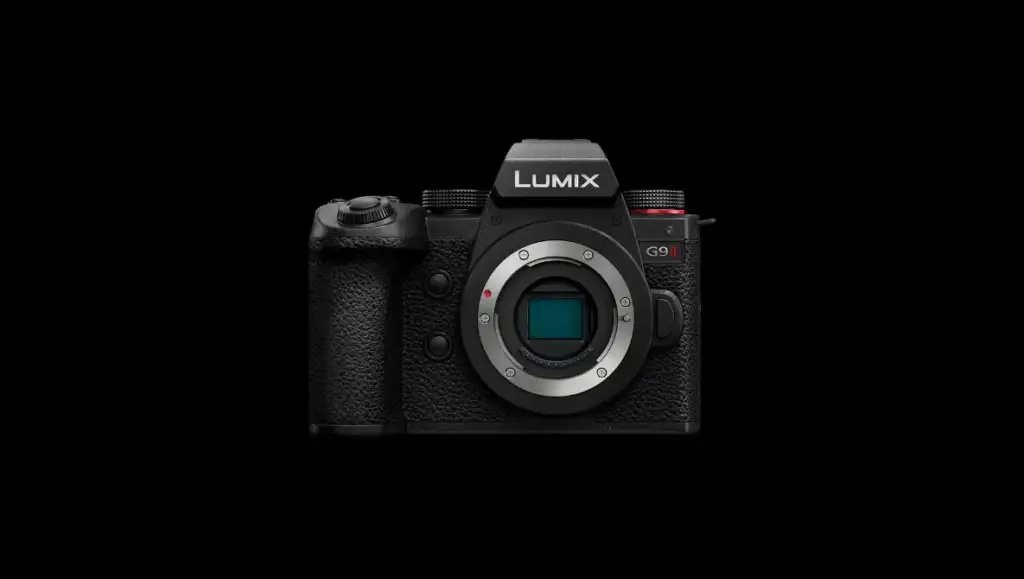
Canon EOS R7 BEST AUTOFOCUS
- High Image Quality: Canon EOS R7 4K digital camera features a 32.5-megapixel APS-C CMOS sensor...
- Advanced Autofocus: Dual Pixel CMOS AF technology with up to 651 AF zones; uses every pixel on...
- High-Speed Shooting: Capture every split second of the action with the high-speed 15 fps...
Last update on 2025-05-16 / Affiliate links / Images from Amazon.
Pros
- Great value
- 32.5MP sensor has been stabilized
- Magnesium body material is resistant to dust and spills
- Class-leading autofocus with topic recognition
- Fires at 15fps, using a mechanical shutter
- 4K60 video using 10-bit C-Log3 or HDR
Cons
- hybrid rear control wheel: love it or loathe it
- For an enthusiast camera, the EVF is only OK
- Electronic shutter is not suitable for freezing action
Specifications
| Dimensions: | 3.6 by 5.2 by 3.6 inches |
| Weight: | 1.3 lbs |
| Type: | Mirrorless |
| Sensor Resolution: | 32.5 MP |
| Sensor Type: | CMOS |
| Sensor Size: | APS-C |
| Lens Mount? | Canon RF |
| Memory Card Slots: | 2 |
| Memory Card Format: | SDXC (UHS-II) |
| Battery Type: | Canon LP-E6NH |
| Minimum ISO: | 100 |
| Maximum ISO: | 51200 |
| Stabilization: | 5-Axis IBIS |
| Display Size: | 3.0 inches |
| Display Resolution: | 1.6 million dots |
| Touch Screen: | ✔️ |
| Viewfinder Type: | EVF |
| Viewfinder Magnification: | 0.71x |
| EVF Resolution: | 2.36 million dots |
| Connectivity: | Bluetooth, USB-C, Wi-Fi, micro HDMI, Microphone (3.5mm), Headphone (3.5mm), Remote (2.5mm) |
| Maximum Waterproof Depth: | 0 feet |
| Video Resolution: | 5.7K |
| HDMI Output: | 4:2:2 12-bit |
| Flat Profile: | ✔️ |
CANON EOS R7 – Overview
Capturing images of moving scenes was almost the sole inspiration for the creation of the Canon EOS R7. If you enjoy shooting images of subjects that move quickly, such as sports, wildlife in the wild, or anything else, the R7 can keep up. It is intelligent enough to track and identify humans, animals, pets, and race cars. The 32.5MP sensor may be cropped somewhat, and telephoto lenses complement it well. The R7 supports 4K60 footage and offers in-body stabilization for movies and vlogs. The Canon EOS R7’s robust, weatherproof build rounds out the feature set, making it a good choice for use outside of the studio.
For both inexperienced and seasoned photographers looking to capture motion picture images, the R7 is a fantastic camera. A mechanical shutter prevents motion blur when the camera focuses and fires at fifteen frames per second. Its raw photos are highly adjustable and detailed. Families might not require a built-in flash as much, so you might want to look into mid-range cameras like the Canon EOS R10 or the Fujifilm X-T30 II. We think the EOS R7 would make a suitable backup camera for professionals who already own a Canon R5 or R3, as well as for SLR enthusiasts who want to upgrade from a Canon 7D or 90D series body.
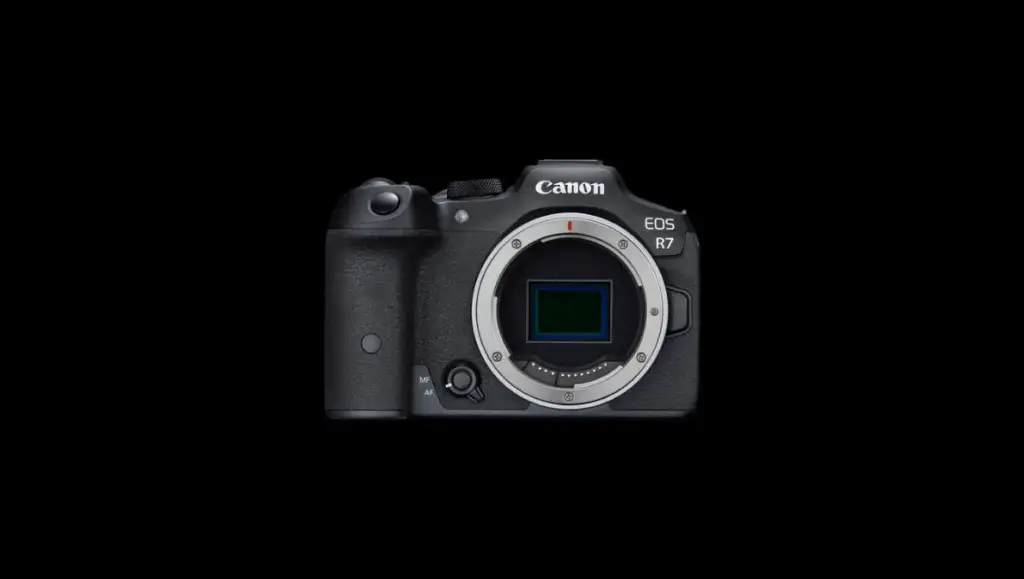
How to Choose the Best Mirrorless Camera
How We Test Best Mirrorless Cameras
FAQs: The Best Mirrorless Cameras
- Should I Invest in a Full-Frame Camera For My Business?
Although full-frame cameras have benefits like reduced depth of field and improved low light performance, they are not necessary for professional photography. Depending on their needs and tastes, APS-C or Micro Four Thirds cameras are widely used by photographers with success. - Is Photography Better With Mirrorless Cameras Than DSLRs?
The popularity of mirrorless cameras can be attributed to their improved focusing systems, electronic viewfinders, and tiny size. They are more advantageous in terms of video capability and lens versatility than DSLRs, while yet providing comparable image quality. - How Much Does a Camera’s Sensor Resolution Matter?
Your photographs’ level of detail is determined by the resolution of your sensor. Larger prints and greater cropping freedom are made possible by higher resolution. But image quality is also influenced by other elements, including as sensor size, low light performance, and lens quality.
Round Up of Today’s Best Deals
Last update on 2025-05-16 / Affiliate links / Images from Amazon.
Why Trust Factic
Berry Alex has been evaluating, testing, and reviewing tech, Household and travel items for several decades. He compiled all of the testers’ input, conducted extra research to assess each phone mount’s essential features and overall functioning, and reviewed professional profiles and verified customer reviews for each product.



